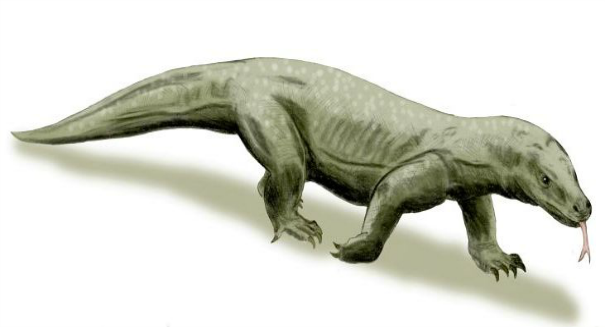-
Tips for becoming a good boxer - November 6, 2020
-
7 expert tips for making your hens night a memorable one - November 6, 2020
-
5 reasons to host your Christmas party on a cruise boat - November 6, 2020
-
What to do when you’re charged with a crime - November 6, 2020
-
Should you get one or multiple dogs? Here’s all you need to know - November 3, 2020
-
A Guide: How to Build Your Very Own Magic Mirror - February 14, 2019
-
Our Top Inspirational Baseball Stars - November 24, 2018
-
Five Tech Tools That Will Help You Turn Your Blog into a Business - November 24, 2018
-
How to Indulge on Vacation without Expanding Your Waist - November 9, 2018
-
5 Strategies for Businesses to Appeal to Today’s Increasingly Mobile-Crazed Customers - November 9, 2018
Early Australians faced giant killer lizards
Scientists working in Central Queensland uncovered evidence that giant apex predator lizards existed in the Queensland region at the same time as our human ancestors, the University of Queensland reported.
Advertisement
Early Australians alive during the last Ice Age likely had to deal with a giant killer lizard, though researchers could not pinpoint exactly what it was.
Price said in a statement, “Our jaws dropped when we found a tiny fossil from a giant lizard during a two meter deep excavation in one of the Capricorn Caves, near Rockhampton”.
The research team said that it might belong to the Komodo dragon which once dwelled in the Australian land, or it could even belong to the wiped out Megalania monitor lizard.
The fossil was a small one, measuring only a centimeter or so in size – it is called an osteoderm, and it now has the distinction of being the youngest bit of evidence of Australia’s big predatory lizards.
Dr. Price discovered the bone at Capricorn Caves, a site known for being extremely rich in fossils from a wide variety of species. It coincided with the coming of Australia’s first Aboriginal inhabitants.
Today, the scientists note, the biggest lizard in Australia is the perentie, which maxes out at about 6.5 feet long. It can grow up to six and half feet long.
During the last Ice Age in the Pleistocene geological period, Australia would have also been inhabited by 29.5ft (9 metres) inland crocodiles.
The extinct Megalanias could have preyed on large mammals, reptiles and birds, which would have made them food competitors for Australia’s earliest humans.
According to Dr. Gilbert Price, a vertebrate palaeoecologist, the research team was initially shocked to realize the fact that the appearance of the Australia’s first human inhabitant overlapped with the existence of the giant apex predator lizards around the same time.
“Humans can only now be considered as potential drivers of their extinction”, he noted.
Capricorn Caves manager Ann Augusteyn said her team had a “huge responsibility” to care for the caves. The Capricorn Caves are famous for their massive underground cache of fossils, and researchers have been returning to them for decades to sift through the millions of bones left behind by predators over the years.
Advertisement
“This study also begs the question – what else is entombed in our caves and what else can we learn?” she said.




























